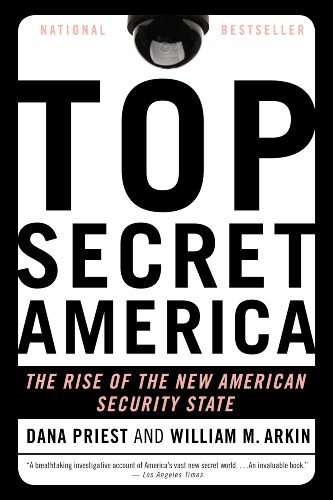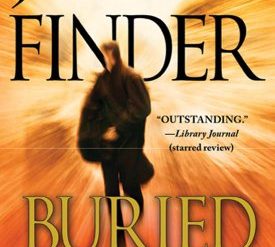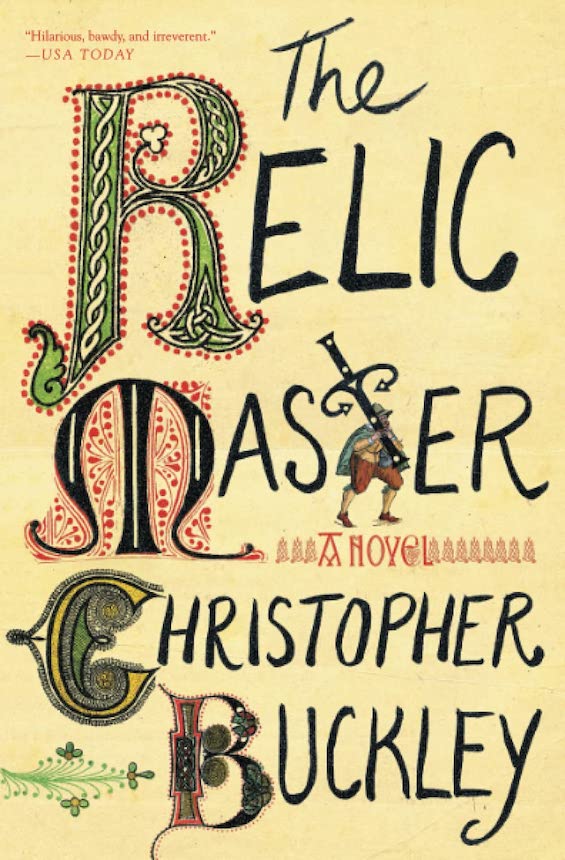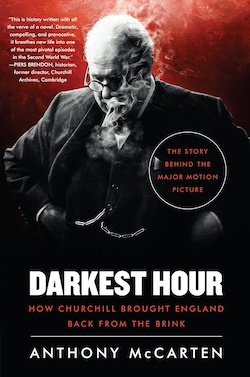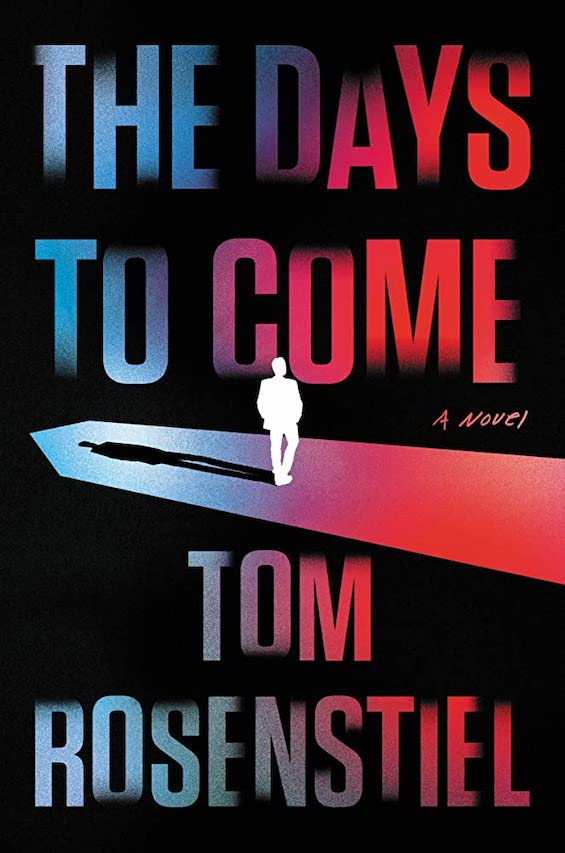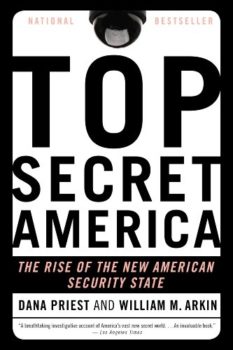
I haven’t made a special study of international terrorism. Still, I’ve read 20 eye-opening books in recent years that cast light on the subject. Eight are nonfiction, twelve fiction. I’m listing them below, alphabetized by the authors’ last names within each category. Each author’s surname is followed by a link to the book’s review.
The fictional accounts I’ve included can be as revealing as the real-world analyses. Alex Berenson, author of the John Wells series, is a former New York Times reporter who knows the Middle East intimately. John le Carré’s understanding of British espionage and the world in which it operates is legendary. And Dame Stella Rimington’s Liz Carlyle series reflects her decades of experience in MI5, capped by her years as the agency’s first female director.
This post was updated on September 9, 2023.
Books about terrorism: nonfiction
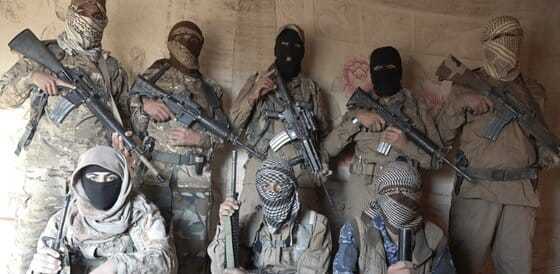
Destiny Disrupted: A History of the World Through Islamic Eyes by Tamim Ansary—The Islamic perspective on history
The number of Muslims who participate in terrorism is vanishingly small when measured against a global population of nearly 7.5 billion. Even the number who sympathize with them is extremely limited. Most of the world’s 1.8 billion Muslims tend to view history along the lines of the balanced and moderate perspective in this book. Read the review.
Life Undercover: Coming of Age in the CIA by Amaryllis Fox—Life undercover in the CIA chasing suitcase nukes
In a memoir that is both engrossing and beautifully written, a former CIA officer recounts her work in sixteen countries around the world uncovering efforts by terrorists to acquire nuclear materials. On at least one occasion, she prevented the release of a dirty bomb in a Pakistani mega-city. Read the review.
The Way of the Knife: The CIA, a Secret Army, and a War at the Ends of the Earth by Mark Mazzetti—Drones, mercenaries, and targeted murder: the new CIA strategy
To “end terrorism” after 9/11, the US military establishment gained trillions of dollars in new spending, and our intelligence agencies mushroomed in number and size. Even more important, the White House profoundly changed the rules under which both the Pentagon and the CIA operated. Read the review.
Top Secret America: The Rise of the New American Security State by Dana Priest and William M. Arkin—The shocking reality behind the secret US war on “terror”
The authors’ research came up with a jaw-dropping 1,074 federal government organizations and nearly two thousand private companies involved with programs related to counterterrorism, homeland security, and intelligence in at least 17,000 locations across the United States—all of them working at the top-secret classification level. Read the review.
Confront and Conceal: Obama’s Secret Wars and Surprising Use of American Power by David E. Sanger—The surprising emergence of Barack Obama’s secret wars
President Obama engineered a massive increase in drone attacks in Pakistan, Yemen, and Somalia; the country’s first-ever (known) use of cyberwarfare in a targeted attack on Iran’s nuclear program; and the ever-growing use of Special Forces in operations such as the murder of Osama bin Laden. Read the review.
Counterstrike: The Untold Story of America’s Secret Campaign Against Al Qaeda by Eric Schmitt and Thom Shanker—Understanding the secret American campaign against Al Qaeda
In the course of the past decade “the government’s force of professional counterterrorism analysts has grown from a group small enough to know each other’s phone numbers to a vast army linked by supercomputers processing thousands of bits of data in nanoseconds.” And, by no means incidentally, spending tens of billions of dollars in the process. Read the review.
Agent Storm: My Life Inside Al Qaeda and the CIA by Morten Storm, Paul Cruickshank, and Tim Lister—A truly amazing story about Al Qaeda, and it’s real
What makes Morten Storm’s story unique is the extraordinary amount of audiovisual evidence and electronic communications he collected during his time as a spy, which both corroborate his story and enrich his account. Read the review.
Black Flags: The Rise of ISIS by Joby Warrick—A well-informed history of ISIS
There are heroes as well as villains in Black Flags. Jordan’s King, Abdullah II, is at the top of the list of heroes for his prescience in foreseeing the inevitable consequences of the Iraq invasion and his ongoing pleas to the U.S. government to avoid the great mistakes it made there. Read the review.
Books about terrorism: fiction
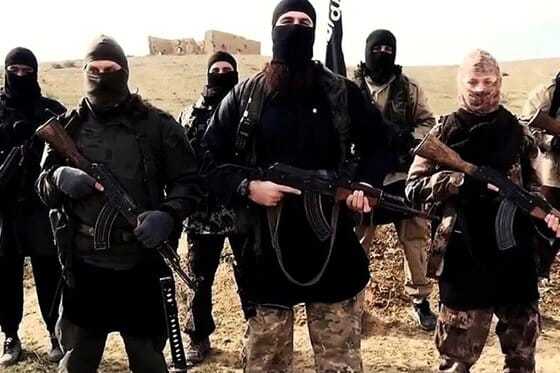
The Faithful Spy (John Wells #1) by Alex Berenson—Al Qaeda from the inside out: a thriller filled with suspense
John Wells is the only CIA operative ever to succeed in infiltrating Al Qaeda. Now, after a decade undercover in Afghanistan and Chechnya, he finally appears to have gained the confidence of the group’s top leaders. Summoned to an audience with Ayman al-Zawahiri, Wells is dispatched to the USA to play a key role in a terrorist plot to rival 9/11. Read the review.
The Silent Man (John Wells #3) by Alex Berenson—An able spy story about terrorism, nuclear weapons, and Russia
The Silent Man builds tension from its opening scenes inside Russia’s super-secret nuclear production complex to its conclusion in an utterly commonplace setting within the United States. The protagonist is soldier-spy John Wells, a former Ranger who spent a decade infiltrating Al Qaeda in Afghanistan and went on to work for the CIA, where he now hangs his proverbial hat. Read the review.
The Secret Soldier (John Wells #5) by Alex Berenson—Jihadis, the Saudi royal family, and an American soldier-spy
Alex Berenson’s espionage novels about American soldier-spy John Wells are timely and topical. They invariably give the reader an intimate, insider’s look at the U.S. intelligence establishment. And they reflect Berenson’s extensive travels as a foreign correspondent for the New York Times as well as his superior research skills. Read the review.
The Prisoner (John Wells #11) by Alex Berenson—Going undercover for the CIA in ISIS
To uncover the identity of a mole in the CIA, John Wells must revert to his terrorist identity, contrive to be captured by American forces in Afghanistan, and then rendered by the CIA to a black prison site in Bulgaria. There, his assignment is to befriend a fellow prisoner, a senior officer in ISIS who can identify the mole. Read the review.
Incendiary by Chris Cleve—A wrenching portrait of the human cost of terrorism
In an open letter to Osama bin Laden, a devastated young mother relates the impact of a massive terrorist attack on a soccer game in London where her husband and young son have died. The book’s four sections cover events in the spring, when the attack occurs, and in the succeeding summer, fall, and winter of one terrible year, perhaps the worst in London’s history. Read the review.
The Spanish Game by Charles Cumming—Intrigue and romance in Madrid in the waning days of Basque terrorism
It has been six years since MI6 officer Alec Milius fled London in the aftermath of a bungled industrial espionage job. He is now living in Madrid in fear of retaliation by the CIA, which he duped on orders from his masters in the Secret Intelligence Service. For godknowsshowmanypages Alec tortures himself with paranoid fears of assassination by the CIA officers whose careers he upended. However, once the story gets going, Alec’s paranoia recedes into the background in the face of genuine peril, and the pace picks up, The Spanish Game becomes an outstanding spy story. Read the review.
The Zero Hour by Joseph Finder—A fascinating novel of terrorism before 9/11
The Zero Hour is a fascinating to look back across a gap of two decades and realize how much our world has changed. Then, New York’s Joint FBI/NYPD Terrorism Task Force was sorting through the disquieting lessons of the first World Trade Center attack and the Oklahoma City bombing. Read the review.
The Association of Small Bombs by Karan Mahajan—Islamic terrorism, from the inside and out
Two brothers, ten and thirteen, walk into a busy Delhi market with their twelve-year-old friend. The brothers are Hindu, the friend, Muslim. As they arrive, a terrorist bomb explodes, instantly killing the two brothers but only slightly wounding their friend. Karan Mahajan’s novel, The Association of Small Bombs, explores the consequences of this attack from every perspective over the years that follow. Read the review.
Consequence by Steve Masover—Exploring the boundary between terrorism and peaceful protest
Where is the line between peaceful and legitimate protest and terrorism? Though the answer to that question might seem obvious, it’s not — and Berkeley-based author Steve Masover’s debut novel, Consequence, explores that territory with skill and sophistication. The author is also extremely well-informed, not just about the technical aspects of cybersecurity but also about the mechanics of terrorism. Read the review.
The Lives of Others by Neel Mukherjee—The human toll of social change
In exploring “the hidden inner cogs and wheels of the lives of others,” the Indian novelist Neel Mukherjee has written a book about the troubled process of social change at its most extreme — and won himself the Man Booker Prize for 2014 in the process. “What could be more interesting than other people’s lives?” he asks. His answer approaches the outermost boundaries of human depravity. Read the review.
East of Hounslow (Jay Qasim #1) by Khurrum Rahman—Undercover, a small-time drug dealer becomes an accidental jihadist for MI5
His name is Javid Qasim, but everyone calls him Jay. He’s British-born, a Muslim, still shy of thirty, and a small-time drug dealer in the West End of London. And Jay’s on MI5’s radar as a way to identify and capture the notorious jihadist leader known as The Preacher. Which is why, after a string of stupid decisions, Jay suddenly finds himself set up as a would-be jihadist, caught between a homicidal drug kingpin and a collection of misfits pledged to mayhem and murder in the name of Holy War. The impressive first book in Khurrum Rahman’s series featuring Jay Qasim, East of Hounslow, follows the accidental jihadist on his increasingly perilous course into the upper reaches of the terrorist hierarchy. Read the review.
Secret Asset (Liz Carlyle #2) by Stella Rimington—An engrossing novel about British counter-espionage
A notorious radical Pakistani imam surfaces in Britain. The inter-agency Counter-Terrorist Committee swings into action, mobilizing MI5 (the Security Service), MI6 (Secret Intelligence Service), GCHQ (Britain’s NSA), the Metropolitan Police (Scotland Yard), and the Home Office (Britain’s Justice Department). Read the review.
Red April by Santiago Roncagliolo—The brutal legacy of terrorism in the Andes
Most Americans today associate international terrorism with Al Qaeda, the Taliban, and their many radical Islamist offspring and imitators. Sadly, though, these groups are just the latest examples of a perverted indulgence in violence that has cropped up all over the world since the 1960s. The Baader-Meinhof Gang in Germany and the Weather Underground in the USA. The Popular Front for the Liberation of Palestine. Tamil Tigers in Sri Lanka. And so very many more. But one of the most destructive and longest-lasting of these homicidal organizations practiced terrorism in the Andes. It was the Sendero Luminoso in Peru, known in English as the Shining Path, and was most active from 1980 to 1992. But in Red April, the Peruvian novelist Santiago Roncagliolo portrays the group’s resurgence in 2000 after it had allegedly been eradicated. Read the review.
For related reading
You might also enjoy my posts:
- The 15 best espionage novels
- Good nonfiction books about espionage
- The best spy novelists writing today
- Top 10 mystery and thriller series
And if you’re looking for exciting historical novels, check out Top 10 historical mysteries and thrillers.
And you can always find my most popular reviews, and the most recent ones, on the Home Page.

